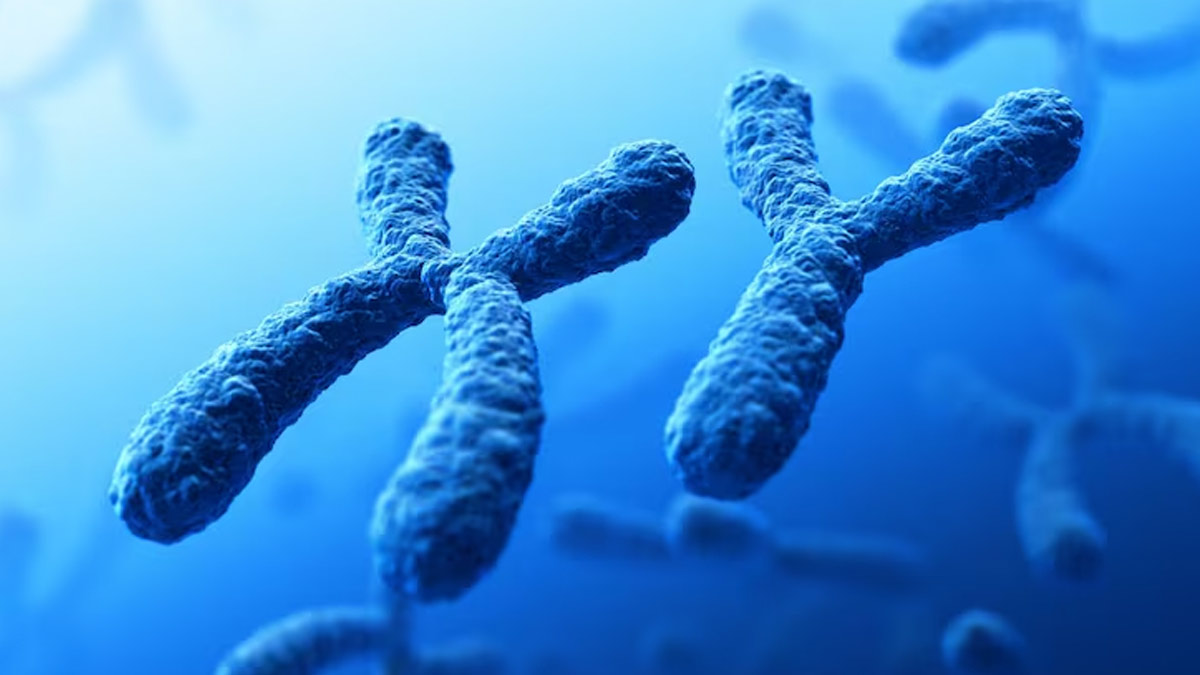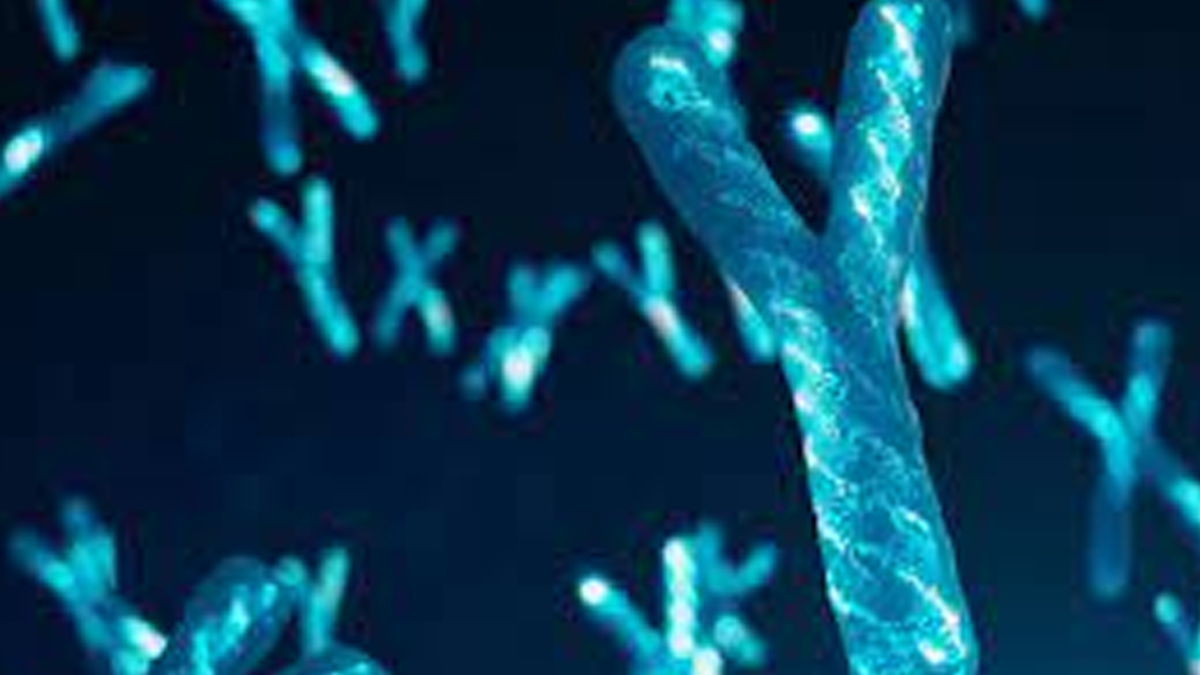
As the scientific community delves deeper into the mysteries of human genetics, an unsettling revelation has emerged: the Y chromosome, which plays a crucial role in male development, is slowly vanishing. This alarming trend raises concerns about the future of male offspring and the potential implications for human reproduction. However, a recent study offers a beacon of hope, suggesting that humanity might yet adapt to this genetic challenge.
Table of Content:-
Understanding the Y Chromosome
The Y chromosome, one of the two sex chromosomes in humans, is pivotal for the development of male reproductive tissues and the determination of male sex characteristics. Typically, males inherit one X and one Y chromosome (XY), while females possess two X chromosomes (XX). Despite its significance, the Y chromosome is remarkably smaller than its X counterpart and contains far fewer genes. The most critical of these genes is the SRY gene, which initiates the development of male characteristics by triggering the formation of testes.
The Gradual Decline of the Y Chromosome
Over the course of millions of years, the Y chromosome has been gradually losing its genetic material. According to Jennifer A Marshall Graves, a renowned Professor of Genetics, this degeneration has been significant. The Y chromosome, which once housed 1,438 genes, now retains only 45. If this rate of gene loss continues unchecked, scientists predict that the Y chromosome could completely disappear within the next 10 to 11 million years.

The potential extinction of the Y chromosome raises a series of troubling questions. Without this crucial chromosome, the traditional pathway for male sex determination would be disrupted, potentially leading to the end of male offspring as we know them. The very survival of our species could be at risk, as the biological mechanisms that underpin reproduction might face insurmountable challenges.
A Ray of Hope from the Spiny Rat
Amid these dire predictions, a study published in the Proceedings of the National Academy of Science has brought some much-needed optimism. Researchers have discovered that the spiny rat, a rodent species native to Japan, has successfully evolved a new male-determining gene in the absence of its Y chromosome. This adaptation offers a fascinating glimpse into how species can evolve alternative mechanisms for sex determination when faced with the loss of the Y chromosome.
Led by Asato Kuroiwa at Hokkaido University, the research team found that most of the Y chromosome genes in the spiny rat had migrated to other chromosomes. Of particular interest was a small DNA duplication near the SOX9 gene on chromosome 3, which was present in all male spiny rats but absent in females. This duplication appears to activate SOX9, effectively taking over the role of the missing SRY gene in determining male sex.
Also Read: COVID-19 Outbreak At Democratic National Convention: Multiple Attendees Test Positive
Implications for Human Evolution
The spiny rat's ability to adapt provides a hopeful precedent for humans. It suggests that, should the Y chromosome eventually disappear, our species might also evolve new genetic pathways to ensure the continuation of male offspring. This evolutionary flexibility could be key to our survival in the distant future.
However, this potential for adaptation comes with its own set of challenges. Scientists caution that the emergence of new sex-determining genes could lead to the development of multiple sex-determining systems across different human populations. This, in turn, might drive the formation of new human species, leading to a complex and unpredictable future for our descendants.
The Road Ahead
While the gradual disappearance of the Y chromosome is a cause for concern, the recent findings from the spiny rat study offer a glimmer of hope. The possibility that humans could evolve new mechanisms for sex determination underscores the resilience of life and the endless adaptability of our genetic code.
As we move forward, this discovery opens new avenues for research into human genetics, sex determination, and the broader processes of evolution. It serves as a reminder that, even in the face of potential extinction, nature has an uncanny ability to find a way forward. For now, the Y chromosome may be on the decline, but the story of human evolution is far from over.
Also watch this video
How we keep this article up to date:
We work with experts and keep a close eye on the latest in health and wellness. Whenever there is a new research or helpful information, we update our articles with accurate and useful advice.
Current Version